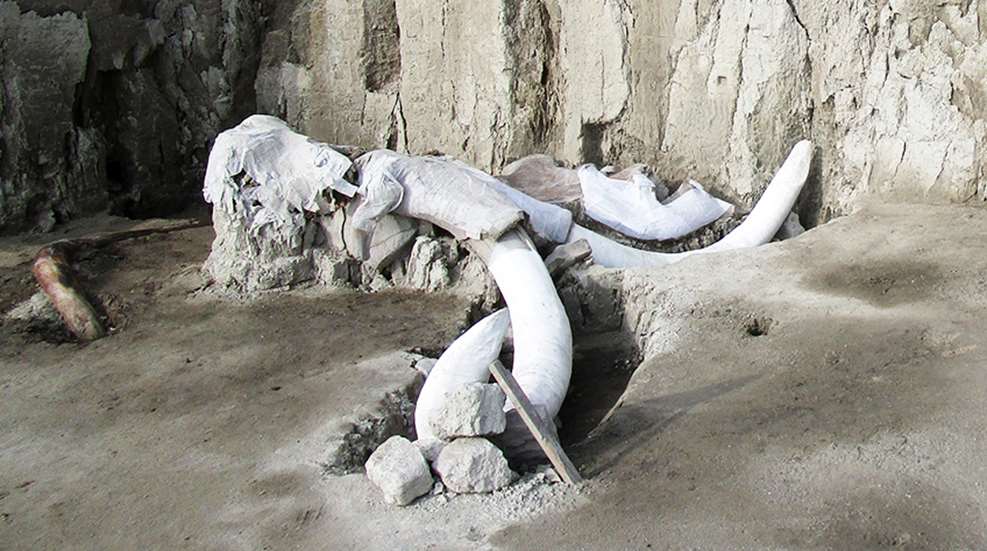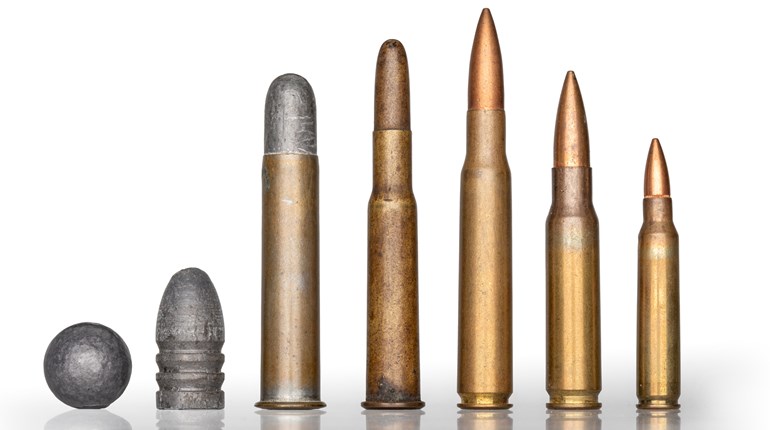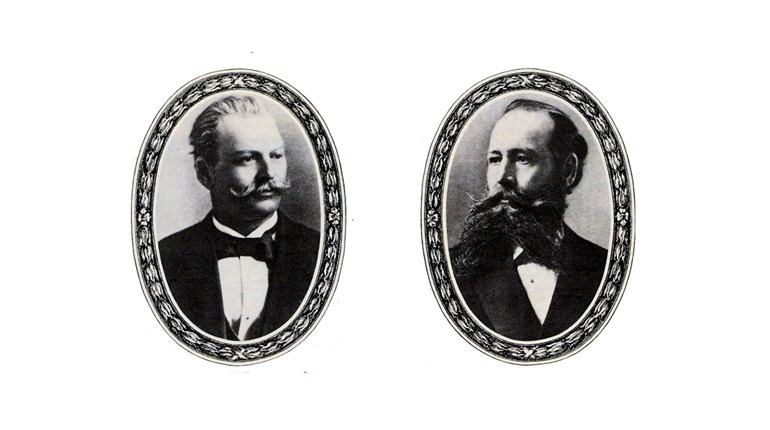
Several wooly mammoth skeletons recently discovered in Tultepec, Mexico, north of Mexico City, provide evidence to suggest that humans were actively trapping the giant mammals some 15,000 years ago.
Researchers from Mexico’s National Institute of Anthropology and History discovered a total of 824 mammoth bones from at least 14 animals, some bearing marks from spear attacks, at the bottom of two pits. It is believed the pits, each roughly 6 feet deep and 25 yards in diameter, were specifically designed to trap the animals, providing evidence of a direct intent by our early ancestors to hunt mammoths, as opposed to the previously held belief that mammoth were hunted passively or seen as a target of opportunity when injured or dying.
“There was little evidence before that hunters attacked mammoths. It was thought they frightened them into getting stuck in swamps and then waited for them to die,” Luis Córdova Barradas, the leader of the five-man dig team, told reporters. “This is evidence of direct attacks on mammoths.”
Barradas suspects that at the time the traps were built, the region likely held half a dozen mammoth herds. It is thought that early hunters may have used torches or branches to scare mammoths into the traps before using spears to kill them.
Bones from other long-extinct animals in the Americas, like the jawbone of a camel and tooth of a horse, were also found in the pits. Additional traps or bones discovered in the ongoing excavation may provide more insight into early hunting strategies.




































